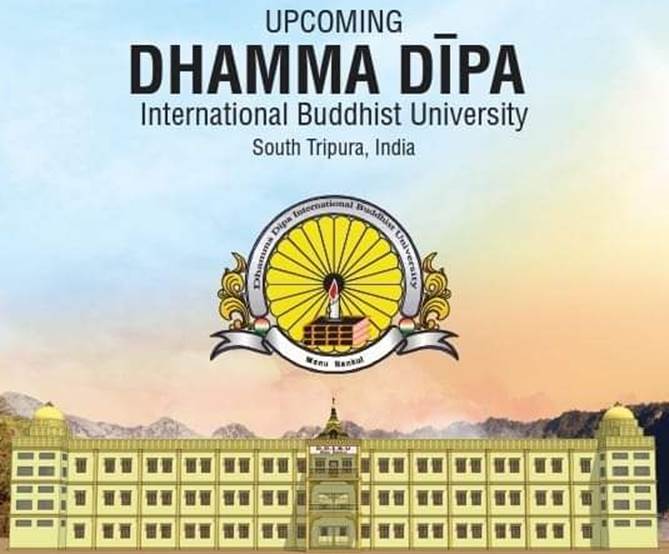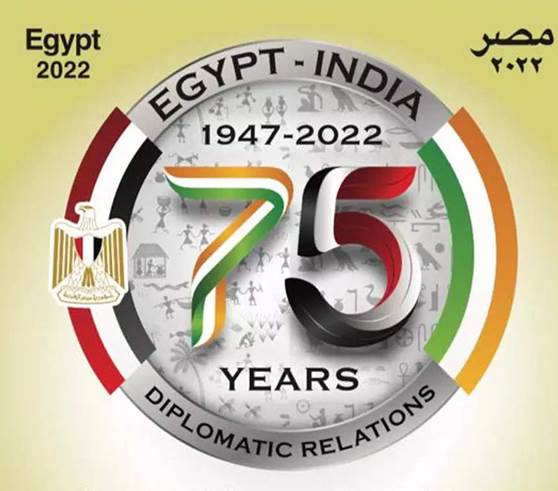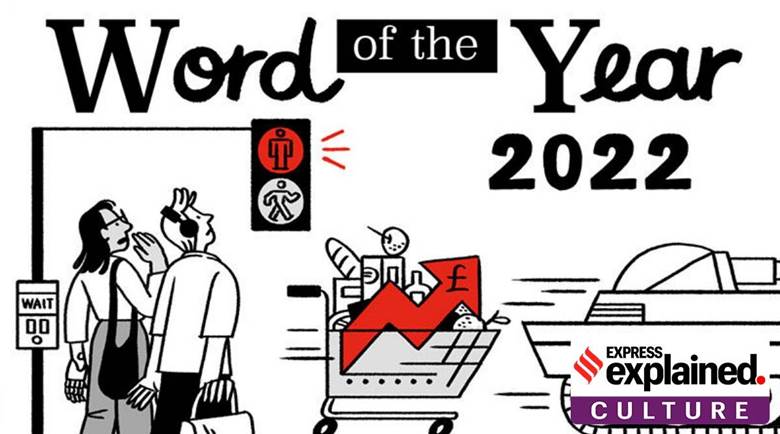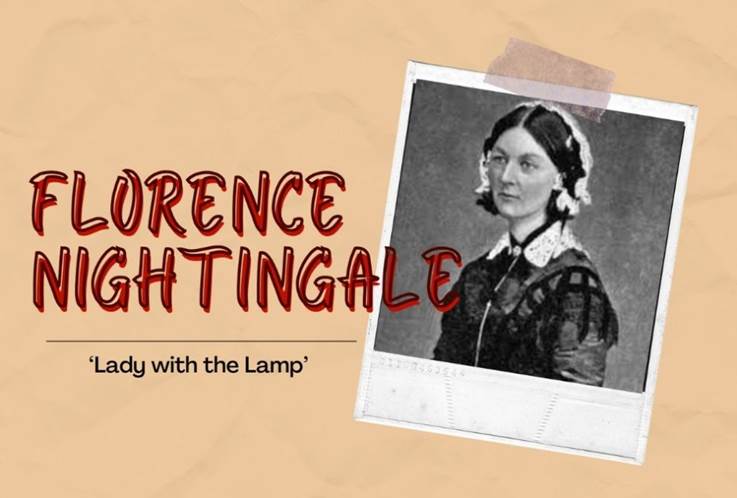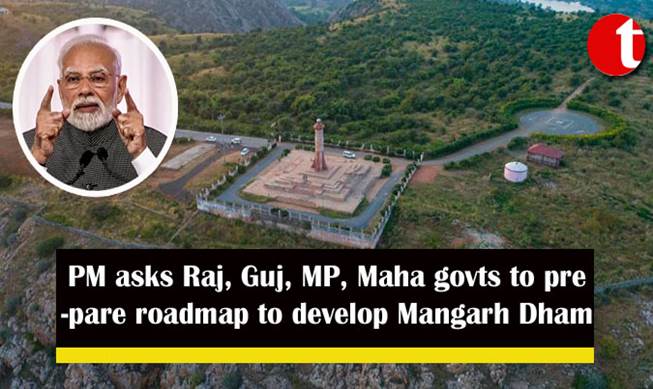Description
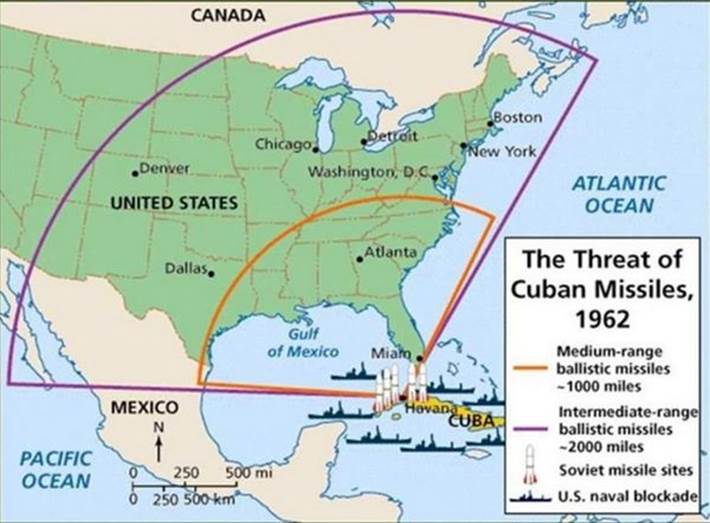
Copyright infringement not intended
About
- In October 1962, the two great superpowers, the Soviet Union and the US were on the brink of nuclear warfare. This was known as the Cuban missile crisis.
- The situation was resolved by the timely negotiations between Soviet Secretary Nikita Khrushchev and US President John F Kennedy.
Cold War and Cuban Missile Crisis
- USA and Soviet Union had fought together during World War ll, but by the end of the war, ideological differences began to appear between both nations.
- The USA was following the Capitalist model of the economy, and the Soviet Union was following Communism.
- This resulted in ideological differences between both Countries.
- However, both countries did not engage in an actual fight with each other, there was unsettling Political tension between the two.
- Both Countries followed the Policies to strengthen themselves and weaken the other.
- This period of uneasy tension and Political instability is known as Cold War.
- Cold War referred to the Competition, tensions and a series of Conflicts between United States and Soviet Union, backed by their respective allies.
- Both Countries formed alliances and began the development of nuclear weapons.
- There were economic warfare, Propagandas and Proxy wars between the two Countries.
- Although USA and the Soviet Union never fought a war with each other, they were extremely hostile to each other.
- Two blocs were formed;
- Democratic and Capitalist Bloc led by USA: The bloc Comprised Britain, France, Italy, Canada, Australia, Greece, Pakistan and Turkey. It was also known as the Western Bloc.
- The Countries in this bloc acknowledged liberal democracy and granting of all rights to the Citizens.
- They Criticized the Communist ideology.
- The western alliance was formalized into an organization, North Atlantic Treaty Organization (NATO), which came into existence in 1949.
- Communist Bloc was led by USSR, also known as the Eastern bloc or Soviet Bloc: Poland, Hungary, Romania, Bulgaria and Albania were part of this bloc.
- They Criticized the Capitalist economy as they believed that it was against the interests of the working and Poor Classes.
- They also criticized the western Style of democracy as they felt that it was meant only for the rich and the upper middle Class.
- Eastern alliance, known as the Warsaw Pact, was led by the Soviet Union. It was created in 1955.
- CUBAN MISSILE CRISIS 1961
- Leaders of the Union of Soviet Socialist Republics (USSR) were worried that the United States of America (USA) would invade Communist-ruled Cuba and overthrow President (Fidel Castro).
- Cuba was an ally of the USSR and received both diplomatic and financial aid from it.
- The leader of the USSR decided to Convert Cuba into a Russian base, and Placed Nuclear missiles in Cuba.
- Geographically Cuba is close to the USA; therefore the Installation of weapons in Cuba by the USSR had directly threatened the USA, for the first time, under fire from close range.
- In Reaction, USA nearly doubled the number of defence bases or Cities in the American mainland which could be threatened by the USSR.
- USA President ordered American warships to block any Soviet Ships heading to Cuba.
- Eventually, both sides decided to avoid war.
- Soviet ships Slowed down and turned back.
- The cold war period was the period of uneasy tension followed after the Second World War. However, an effort was made by every Country (involved in the politics of the Cold War) not to engage in direct war with a country of the opposing camp.

https://indianexpress.com/article/explained/explained-global/revisiting-the-cuban-missile-crisis-recently-invoked-by-biden-8219277/
Must Read Article:
https://www.iasgyan.in/blogs/cold-war-its-origin-causes-and-phases
https://t.me/+hJqMV1O0se03Njk9






